Welcome to the exciting world of mountain biking in Crested Butte! Designed for beginner enthusiasts and hobbyists like you, this guide will walk you through the essentials of mountain biking, trail familiarization, bike maintenance, safety, and more. With its stunning landscapes and well-maintained trails, Crested Butte offers the ideal location for you to discover the exhilarating sport of mountain biking and improve your skills in the process.
Mountain Biking Basics
Before you embark on your crested butte beginner mountain biking experience, it’s crucial to understand some basic mountain biking skills and techniques. This will ensure your safety and enjoyment on the trails. Follow these steps as a beginner to learn the essentials of mountain biking.
Step 1: Bike Setup
- Choose the right bike: Select a mountain bike suitable for your size and the terrain you’ll be riding on. Consider factors like frame material, suspension type, wheel size, and gear options when selecting your bike.
- Adjust your seat: A properly adjusted seat ensures comfort and control. When seated, your legs should have a slight bend when the pedal is at the lowest point.
- Check your suspension: Make sure your suspension is properly adjusted according to your weight, riding style, and the terrain.
- Inflate your tires: Check the recommended tire pressure on the sidewall and fill them accordingly using a bike pump with a pressure gauge.
Step 2: Body Positioning
- Neutral position: Keep your body loose and centered over the bike, bending your elbows and knees slightly for better control and balance. Maintain an upright position, looking ahead, and not down at your front wheel.
- Ready position: When approaching obstacles, have your pedals level and shift your weight back slightly, standing up off the saddle, bending your elbows, and lowering your heels. Keep your index fingers on the brake levers.
- Uphill and downhill: Shift your weight forward when going uphill and backwards when descending. This prevents the bike from lifting off the ground or losing traction during climbs and descents.
Step 3: Shifting Gears
- Anticipate gear changes: Plan your gear shifts in advance by scanning the terrain ahead.
- Shift smoothly: Shift gears while pedaling at a comfortable pace, avoiding abrupt or forceful shifts that might cause the chain to slip or derail.
- Learn the range: Familiarize yourself with your bike’s gearing system to understand the optimal gear combinations for different types of terrain.
Step 4: Braking
- Use both brakes: Apply even pressure to both front and rear brakes for controlled, smooth stopping. Relying solely on one brake can result in skidding or flipping.
- Feather your brakes: Lightly squeeze the brake levers for gradual braking rather than gripping them tightly or abruptly.
Step 5: Handling Obstacles
- Scan ahead and plan: Identify obstacles in your path and plan a safe route around or over them.
- Maintain momentum: Maintain a steady pressure on the pedals to help you roll over obstacles smoothly.
- Prepare for impact: Stand up out of the saddle, bend your knees and elbows, and shift your weight to the rear to absorb shock from the terrain.
- Look where you want to go: Direct your gaze beyond the obstacle, towards where you want to end up, and not at the obstacle itself.
With these mountain biking basics under your belt, you’ll be well-prepared for your crested butte beginner mountain biking adventure. Remember to practice these skills on easy, controlled terrain first to build confidence and muscle memory before tackling more challenging trails. Most importantly, always wear a helmet and protective gear and ride within your limits. Happy trails!
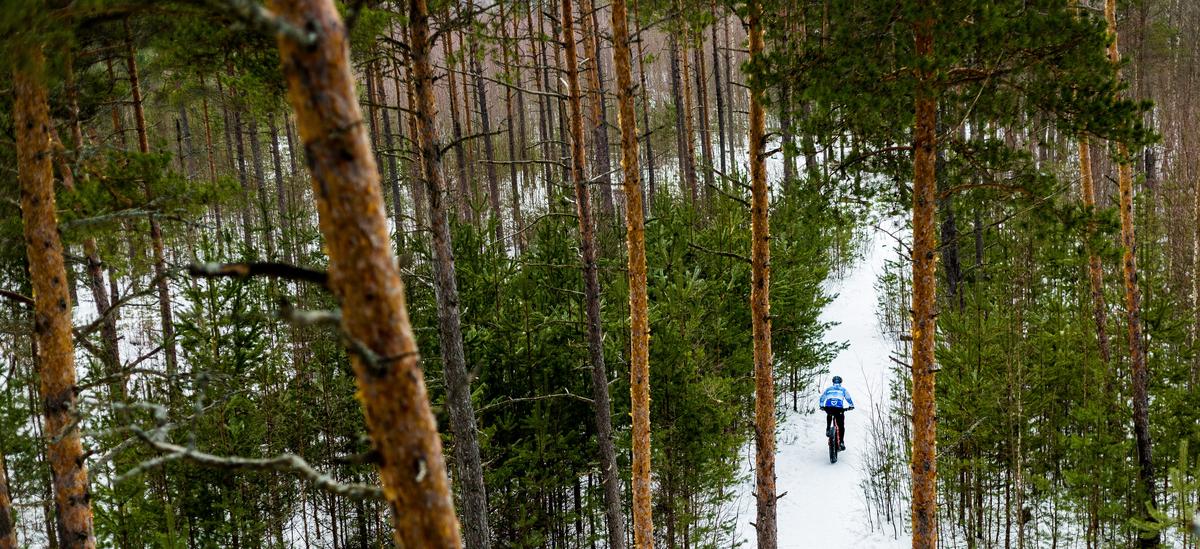
Photo by kaurmartin on Unsplash
Crested Butte Trail System Familiarization
Crested Butte, Colorado, is well-known for its spectacular mountain biking trails that offer various difficulty levels and scenic highlights. As a beginner mountain biker, it’s essential to familiarize yourself with the trail system to ensure an enjoyable ride suited to your skill level. Here are some instructions to help you familiarize yourself with the Crested Butte Trail System:Step 1: Research Crested Butte Trail Information
Begin by researching detailed information about the various trails in Crested Butte. Visit official websites, like crestedbuttemountainbike.com and mtbproject.com, and look for local trail maps, ratings, and descriptions. You’ll also find valuable information on social media platforms and mountain biking forums.Step 2: Determine Your Skill Level
Before choosing a trail, honestly assess your skill level. There are trail color codes that represent each level:
– Green: Beginner (easy)
– Blue: Intermediate (moderate)
– Black Diamond: Advanced (difficult)
As a beginner mountain biker, you should focus on the green trails, which will allow you to hone your skills on beginner-friendly trails.Step 3: Know Your Trail Options
Crested Butte has several beginner-friendly trails perfect for those new to the sport. Some beginner-friendly trails in the area include:
1. Lower Loop: This popular green trail offers a relatively flat and well-maintained course that spans 3.3 miles (one way) with views of the wildflowers and the Slate River. It’s an excellent option for new riders and families.
2. Snodgrass Trail: A slightly more challenging ride for beginners, the Snodgrass Trail stretches around 3.5 miles one-way with an ascent of 700 feet. This trail wanders through aspen groves and offers beautiful views of the valley and nearby mountains.
3. Lupine Trail: A smooth and flowy singletrack trail with a combination of green and blue sections. Spend time on the green sections before progressing to the blue sections as you gain skills and confidence.Step 4: Obtain a Trail Map
It’s essential to have a physical or digital trail map handy while navigating the trails of Crested Butte. You can find maps at local bike shops or online. Some recommended maps include the “Mountain Bike Crested Butte, Gunnison & Salida Singletrack” book or digital maps for your smartphone from Trailforks or MTB Project.Step 5: Prepare for Your Ride
Before hitting the trails, ensure you have a suitable mountain bike, helmet, water, snacks, repair kit, and appropriate clothing. Additionally, make sure to check the weather forecast and trail conditions for the day of your ride.Step 6: Ride with a Group or Guided Tour
For beginners, joining a group or taking a guided tour can be beneficial for navigation, safety, and learning helpful tips. Check with local bike shops and tour operators for group rides and guided options tailored to beginners.Following these steps will help familiarize you with the Crested Butte Trail System and ensure a safe and pleasurable experience as a beginner mountain biker. Happy trails!
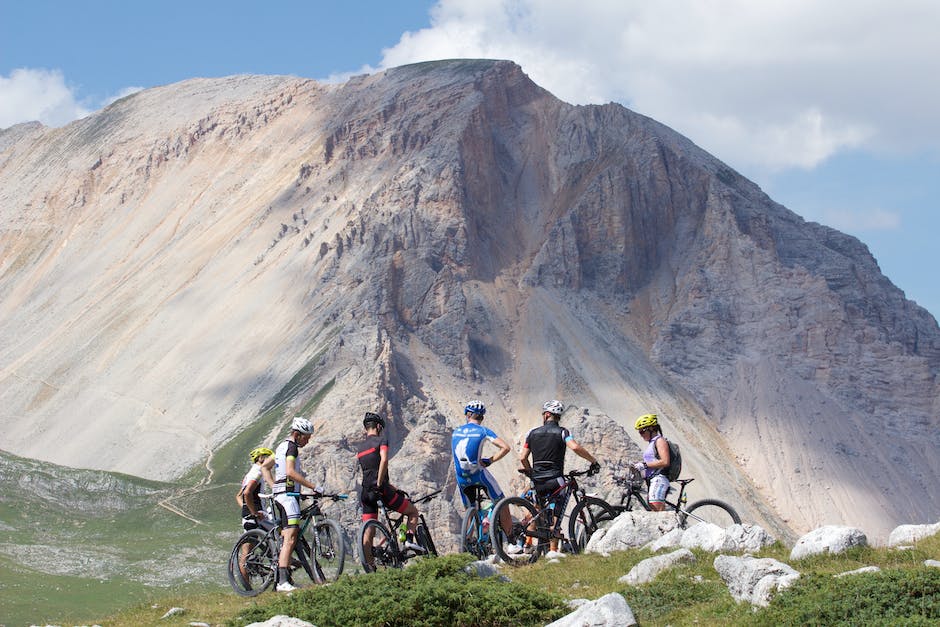
Bike Maintenance and Repair
Whether you’re new to mountain biking or a seasoned rider, proper bike maintenance is essential for a great ride. Crested Butte, with its picturesque views and varied terrain, is the perfect place for biking enthusiasts and hobbyists to get started. Here’s a basic guide to keeping your bike in optimal condition with some regular maintenance and repairs, ensuring every ride is smooth and enjoyable on the trails of Crested Butte.Materials: Patch kit, tire levers, bike pumpSteps:
a. Remove the wheel by loosening the quick-release skewer (if equipped) or using a wrench to loosen the nuts. Then carefully lift the wheel out of the frame.
b. Using the tire levers, pry one side of the tire off the rim. You can then remove the inner tube.
c. Inflate the tube to find the hole. Listen for air escaping or submerge it in water to check for bubbles.
d. Mark the hole and use the patch kit to repair it, following the instructions provided in the kit.
e. Check the tire for any sharp objects, and insert the repaired tube back into the tire. Inflate it to the recommended pressure and make sure the tire sits correctly in the rim.
f. Replace the wheel on the bike and secure it with the skewer or nuts.Materials: Allen wrenches or hex keys (for most bikes)Steps:
a. Check the brake pads for wear. If they are less than 1/4 inch thick or have deep grooves, they should be replaced.
b. Make sure the brake pads are properly aligned with the rim. Adjust using an Allen wrench or hex key.
c. Ensure brake levers have enough tension by squeezing them. If needed, tighten the cable with the use of a wrench.
d. Test the brakes thoroughly before going for a ride.Materials: Degreaser, brush or chain-cleaning tool, chain lubricant, ragSteps:
a. Shift the chain to the smallest chainring and largest rear cog, and clean the chain by spinning the pedals backward while applying degreaser.
b. If using a chain-cleaning tool, follow the product’s instructions. If not, use a brush with degreaser to scrub the chain.
c. Rinse the chain with water and dry it using a clean rag.
d. Apply a chain lubricant, ensuring each link is covered. Wipe off excess lubricant with a rag.- Regularly inspect cables for wear and damage, replacing if needed before they affect performance.
– Check bolts and fasteners for tightness to ensure safety and avoid damage.
– Keep tires inflated to the recommended pressure to enhance ride quality and reduce the risk of flats.
– When needed, clean and lubricate moving parts such as derailleurs and pedals.With these basic bike maintenance and repair tips, you’ll be well-prepared for an enjoyable ride in Crested Butte. Regular upkeep will ensure your bike remains reliable and safe for many adventures to come. Happy riding!

Safety and Etiquette
Mountain biking is an exhilarating and fulfilling hobby that provides both physical and mental challenges. As a beginner mountain biker in Crested Butte, it’s essential to be aware of safety guidelines and trail etiquette to ensure a positive experience for you and other trail users. The following instructions provide essential information on safety and etiquette for beginner mountain bikers.1. Inspect your equipment: Before hitting the trails, make sure your bike is in good working order. Check the brakes, gears, tires, and suspension systems. Always wear a helmet, gloves, and appropriate eyewear to protect yourself from potential injuries.2. Choose appropriate trails: Crested Butte has a variety of trails suitable for all skill levels. As a beginner, choose trails with mellow inclines and relatively smooth terrain to help you build your skills and confidence. Some beginner-friendly trails include the Lower Loop and the Snodgrass Mountain Trail.3. Know the trail rules: Familiarize yourself with the rules of the trail, including the direction of travel, any restrictions on bicycles, and whether horses or hikers are allowed. Follow all posted signage and respect trail closures.4. Yield the trail: Always yield to other trail users, including hikers, runners, and horseback riders. When approaching a user from behind, slow down, make your presence known, and ask if you can pass when it’s safe to do so. Be prepared to stop if necessary, and don’t pass until you receive confirmation. Yield to uphill riders when traveling downhill.5. Ride in control: Maintain a speed that allows you to react safely to any obstacles, trail conditions, or other trail users. Remember that you should be able to stop safely and quickly if needed.6. Don’t skid: Skidding can damage the trail and create safety hazards. Practice controlled braking and anticipate your stops instead.7. Leave no trace: Pack out all trash, and don’t disturb the natural environment or wildlife. Stay on designated trails to minimize erosion and protect the surrounding ecosystem.8. Communicate with other trail users: Use verbal and non-verbal cues to communicate with fellow riders, hikers, and horseback riders. For example, if you want to pass someone, say, “On your left,” or use a bike bell to signal your approach.9. Keep your dog under control: If you choose to bring your dog on the trail, make sure they are well-behaved, on a leash, and can respond to voice commands. Be respectful of other trail users who may not feel comfortable around dogs.10. Know your limits: Mountain biking can be challenging and sometimes dangerous. Recognize your limitations and avoid taking unnecessary risks that could lead to injury. It’s better to walk your bike through a section you’re unsure about than to risk a crash.By following these safety guidelines and respecting proper trail etiquette, you’ll be well on your way to enjoying the sport of mountain biking in Crested Butte. Happy riding!
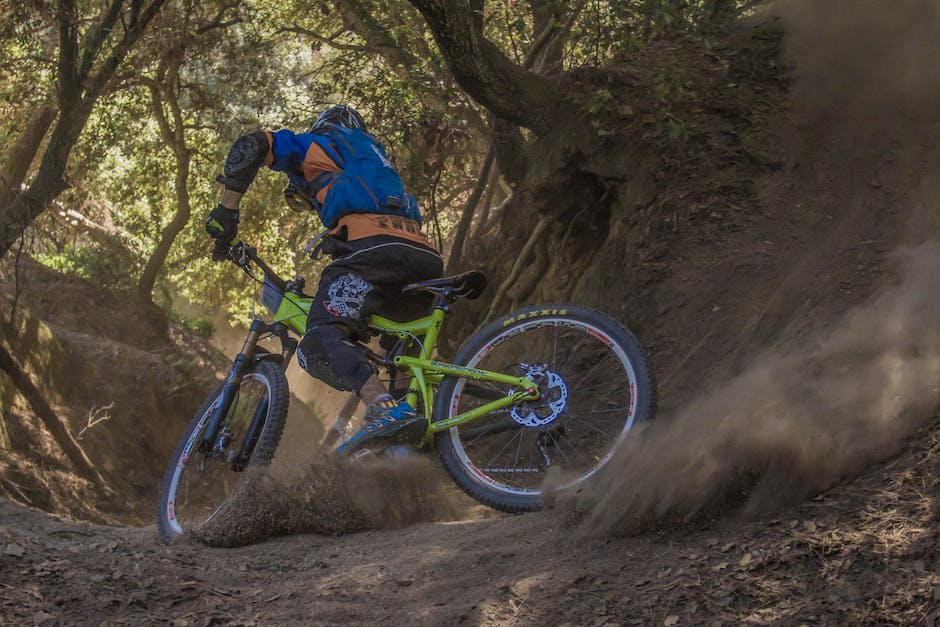
Build Endurance and Fitness
Assess Your Current Fitness Level
Before creating your training plan, it’s crucial to evaluate your current fitness level. You can do this by participating in a heart rate test or completing a ride to determine your stamina and strengths. Take note of areas that you feel need improvement, such as cardiovascular endurance or leg strength.
Set Realistic Goals
Develop a list of specific, achievable goals that you want to reach within a given time frame. This can include increasing your ride distance, improving your climbing abilities, or increasing your average speed on trails.
Develop a Well-Rounded Training Plan
Create a training plan that balances cardio workouts, strength training, and flexibility exercises. Aim for at least three cardio sessions, two strength training sessions, and one flexibility session per week. Cardio workouts can include mountain biking, running, swimming, or other activities that raise your heart rate. Strength training should target the muscles you use in mountain biking, with a focus on your core, legs, and upper body. Incorporate exercises like squats, lunges, deadlifts, push-ups, and planks. Flexibility exercises like yoga or dynamic stretches can help prevent injury and improve your range of motion while riding.
Gradually Increase Intensity and Duration
As you progress in your training, gradually increase the intensity and duration of your workouts. For example, if you start with a 30-minute bike ride, aim to add 10 minutes each week until you reach your desired ride length. Introduce hill training and interval workouts to challenge yourself and improve your overall performance on the trails.
Track Your Progress
Keep a log of your workouts, recording the type of exercise, duration, and intensity. This will help you monitor your progress and adjust your training plan as needed. Every four to six weeks, reassess your fitness level to identify any improvements or areas that still require focus.
Rest and Recovery
Remember to include rest days in your training plan, as it’s essential for muscle recovery and preventing injuries. Stretch after each workout to improve flexibility and reduce muscle soreness. Use foam rollers or massages to provide relief to sore muscles if needed.
Fuel Your Body Properly
Make sure you’re providing your body with the necessary nutrients to support your workouts, including carbohydrates, protein, and healthy fats. Hydration is also key – drink plenty of water before, during, and after your workouts to keep your body functioning properly.
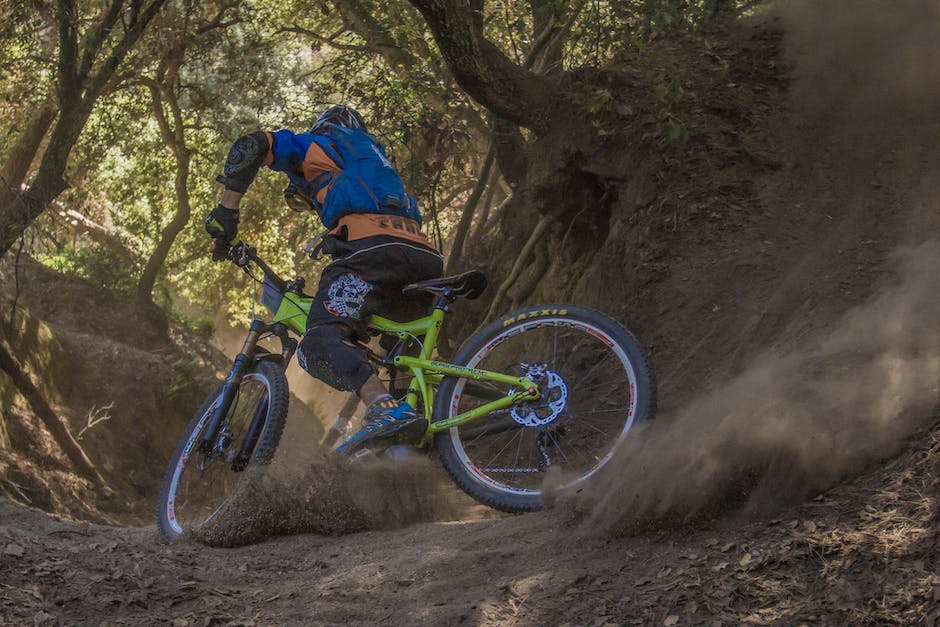
Navigation and Preparedness
Learning Navigation Skills
- Familiarize yourself with maps: Get to know the trail maps of the Crested Butte area. You can find free maps online or purchase detailed trail maps at local bike shops. Study the map and plan your route before heading out.
- Learn how to use a compass: A compass is a useful tool to help you orient yourself and navigate the trails. Practice using a compass and make sure you know how to use it in combination with a map.
- Understand trail markers: Many trails have colored markers or signs that indicate the difficulty level of the trail. Know the meaning of these colors and symbols to choose a trail that is suitable for your skill level.
- Online resources and apps: Download a GPS-enabled mountain biking app, such as MTB Project or Trailforks. These apps provide helpful information about trail difficulty, elevation, and distance, and they can help you track your location during your ride.
- Ride with a group or guide: Joining a group ride or hiring a local guide can provide you with valuable knowledge about the area’s trails, as well as tips for navigating the terrain.
Preparedness
- Check the weather: Always check the weather forecast before heading out for a bike ride. Choose a day with favorable conditions to ensure a safe and enjoyable ride.
- Dress appropriately: Wear comfortable, moisture-wicking clothing to keep you dry and prevent chafing. Bring a waterproof jacket in case of sudden weather changes. Wear a helmet, gloves, and protective eyewear for safety.
- Choose the right bike: Select a mountain bike suited for the terrain you’ll be riding. Ensure the bike is in good working condition, with properly functioning brakes and gears. If you are renting a bike, consult the rental shop for recommendations.
- Pack the essentials: Bring a small backpack to carry items such as water, snacks, a first aid kit, a multi-tool for minor repairs, an extra tube, a tire pump, a map, and your phone.
- Hydration and nutrition: Make sure to stay properly hydrated and keep your energy levels up during your ride. Bring a hydration pack or water bottles, as well as trail snacks like energy bars or fruit.
- Plan your route: Choose a beginner-friendly trail and plan your route before setting off. Be realistic about the distance and difficulty you can manage, and always let someone know your planned route and expected return time.
- Practice Leave No Trace Ethics: As you enjoy the pristine wilderness of Crested Butte, be mindful of the environment and practice Leave No Trace principles. Pack out all trash and minimize your impact on the landscape.
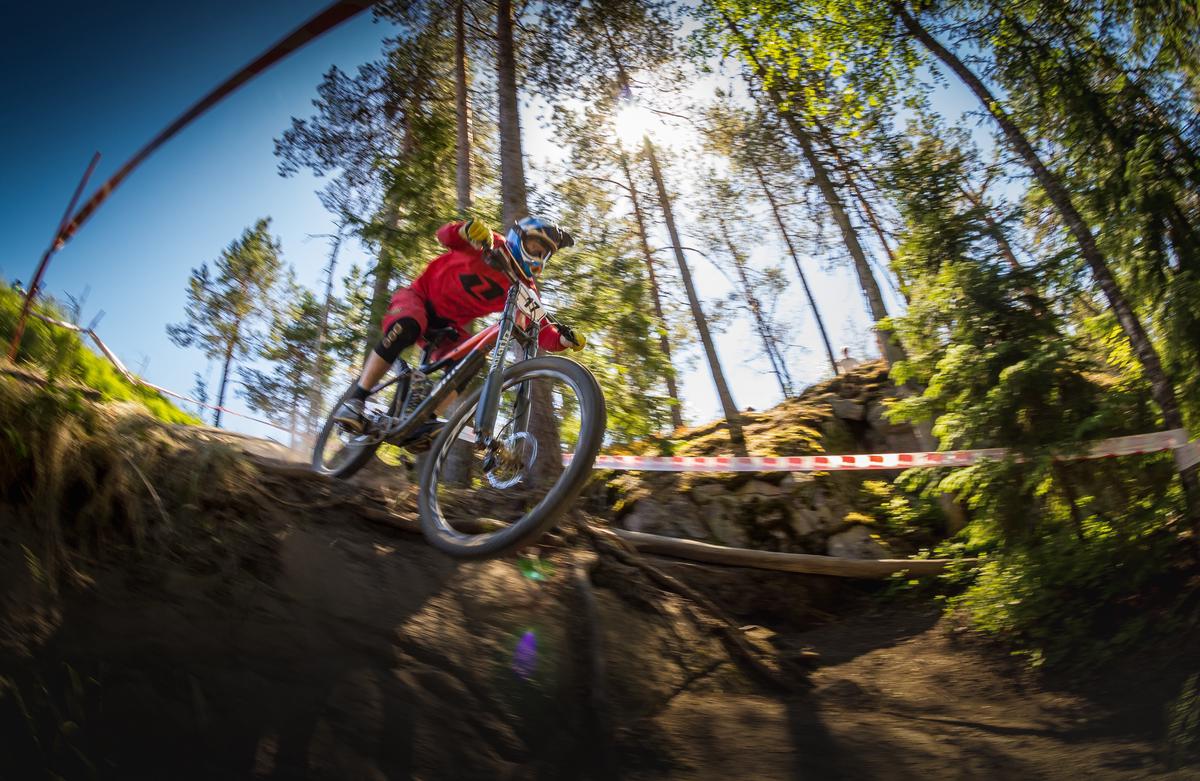
Photo by jhonkasalo on Unsplash
Local Mountain Biking Community
As a beginner mountain biker eager to explore the beautiful trails of Crested Butte, it’s important to engage with the local mountain biking community. By joining group rides, receiving advice from experienced riders, and discovering new events and trails, you’ll not only become a better rider but you’ll also enjoy the Crested Butte riding experience to the fullest. Here are some instructions on how to immerse yourself in the local mountain biking culture.Start by researching online for forums, websites, and Facebook groups dedicated to Crested Butte mountain biking. Some popular resources include:
– Crested Butte Mountain Biking Association (CBMBA)
– Crested Butte Devo Junior Mountain Biking Program
– MTBproject.com’s Crested Butte page
– Facebook groups like “Crested Butte Mountain Bikers” and “Crested Butte Mountain Bike Community”Once you’ve found a few community resources, don’t be shy – introduce yourself and ask questions! Let others know you’re a beginner looking for advice, trail recommendations, and group rides. Experienced riders are often happy to share their knowledge and point you in the right direction.Crested Butte hosts numerous mountain biking events throughout the year, such as races, fundraisers, and trail maintenance days. Attending these events allows you to meet other riders, learn more about local trails, and contribute to the maintenance and growth of the trail network.Crested Butte has several bike shops where you can get advice, rent or purchase equipment, and sign up for guided tours or lessons. Visiting these shops provides an opportunity to meet local riders and learn more about the Crested Butte mountain biking scene:
– Big Al’s Bicycle Heaven
– The Alpineer
– Crested Butte Sports
– The Brick Oven Pizzeria and Pub (hosts weekly group rides)Group rides are an excellent way to meet new riding friends while also exploring new trails. Many local bike shops and biking associations organize weekly group rides for riders of all skill levels. Keep an eye on community forums and social media pages for announcements of upcoming group rides.Before you hit the trails, make sure you’re familiar with basic mountain biking etiquette and safety guidelines. This includes yielding to other trail users, following posted signs and regulations, and knowing how to handle bike repairs and emergencies. The CBMBA website and local bike shops are great resources for learning about trail etiquette and safety.Now that you’re well-equipped with advice and local connections, it’s time to get out there and ride! Crested Butte offers a wide range of trails for beginners to explore, so don’t be afraid to try new routes and challenge yourself. Enjoy the spectacular scenery, make new friends, and have fun discovering all that Crested Butte mountain biking has to offer.By engaging with the Crested Butte mountain biking community, you’ll quickly find yourself immersed in a welcoming and supportive group of riders. Embrace the learning process, challenge yourself on new trails, and enjoy the camaraderie and adventure that comes with mountain biking in Crested Butte.
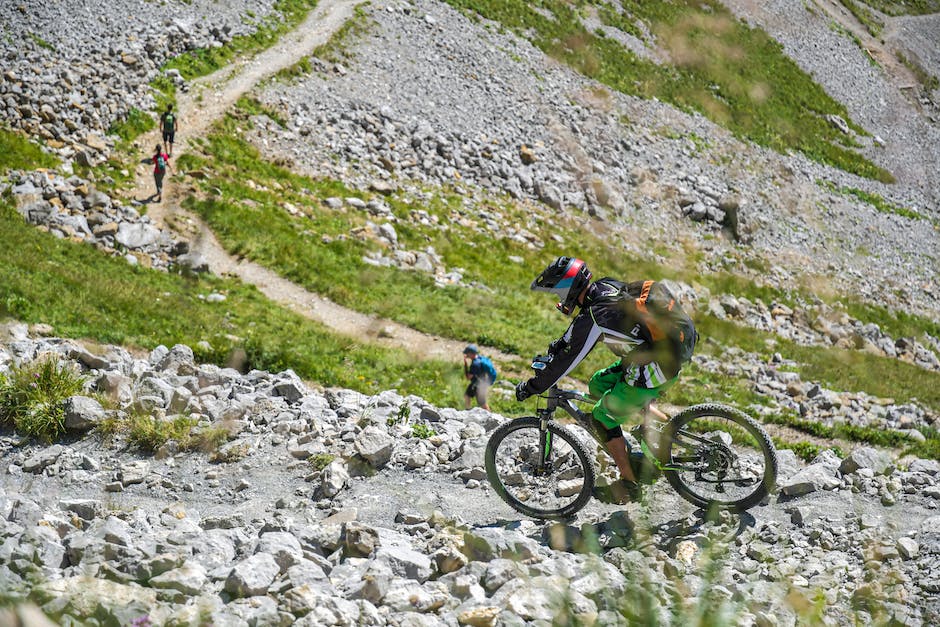
Conservation and Advocacy
Familiarize yourself with responsible trail use:
As a mountain biking enthusiast and responsible trail user, it is crucial to understand and practice proper trail etiquette. Some basic principles to follow include:
- Always yield to other trail users: Uphill riders should be given the right-of-way.
- Stay on designated trails: Avoid creating new paths or cutting switchbacks, as it can lead to erosion and damage sensitive habitats.
- Do not ride on wet or muddy trails: Riding on wet trails can cause lasting damage, such as deep ruts and widening of the trail. Check trail conditions before heading out.
- Leave no trace: Carry out all trash that you bring in, and avoid disturbing wildlife or their habitat.
Educate yourself on the Leave No Trace principles:
Familiarize yourself with the seven principles of Leave No Trace, which promote conservation by minimizing human impact on the environment:
- Plan ahead and prepare
- Travel and camp on durable surfaces
- Dispose of waste properly
- Leave what you find
- Minimize campfire impact
- Respect wildlife
- Be considerate of other visitors
By following these principles, you can ensure that you are doing your part to keep the trails and natural environment safe, sustainable, and enjoyable for all.
Participate in local trail workdays:
Many local trail organizations host workdays, where volunteers can come together to maintain and improve trails. Participating in trail workdays is a great way to learn about proper trail maintenance, erosion control, and trail sustainability.
To find local workdays or trail stewardship opportunities, search online for mountain biking clubs or trail organizations in Crested Butte and the surrounding areas. A few examples include the Crested Butte Mountain Bike Association (CBMBA) and the Crested Butte Conservation Corps (CBCC).
Advocate for trail preservation and improvement:
As a mountain biking enthusiast, you have a vested interest in ensuring that trails are well-maintained and accessible for all. Stay informed on local trail management issues, such as land use developments or trail closures, and make your voice heard by attending public meetings and providing feedback to land managers.
If you are interested in taking on a more active role in trail advocacy, consider joining or volunteering with a local trail organization that works to protect and improve trails in your area.
Support organizations dedicated to trail conservation and advocacy:
By supporting local and national organizations that focus on trail conservation and advocacy efforts, you can help protect your favorite trails for future generations. Some organizations that advocate for mountain biking and trail access at a national level include the International Mountain Biking Association (IMBA), PeopleForBikes, and Leave No Trace Center for Outdoor Ethics.
Remember, every effort counts in preserving the trails we love and ensuring they remain environmentally-sustainable for years to come. Happy trails!

As you embark on your mountain biking journey in Crested Butte, you’ll find yourself not only mastering the basics and exploring new trails, but also connecting with a vibrant community of fellow riders, working towards responsible trail use, and building your fitness and endurance levels. So gear up, learn diligently, and get ready to immerse yourself in the thrilling adventures that await in the beautiful mountain biking paradise of Crested Butte.